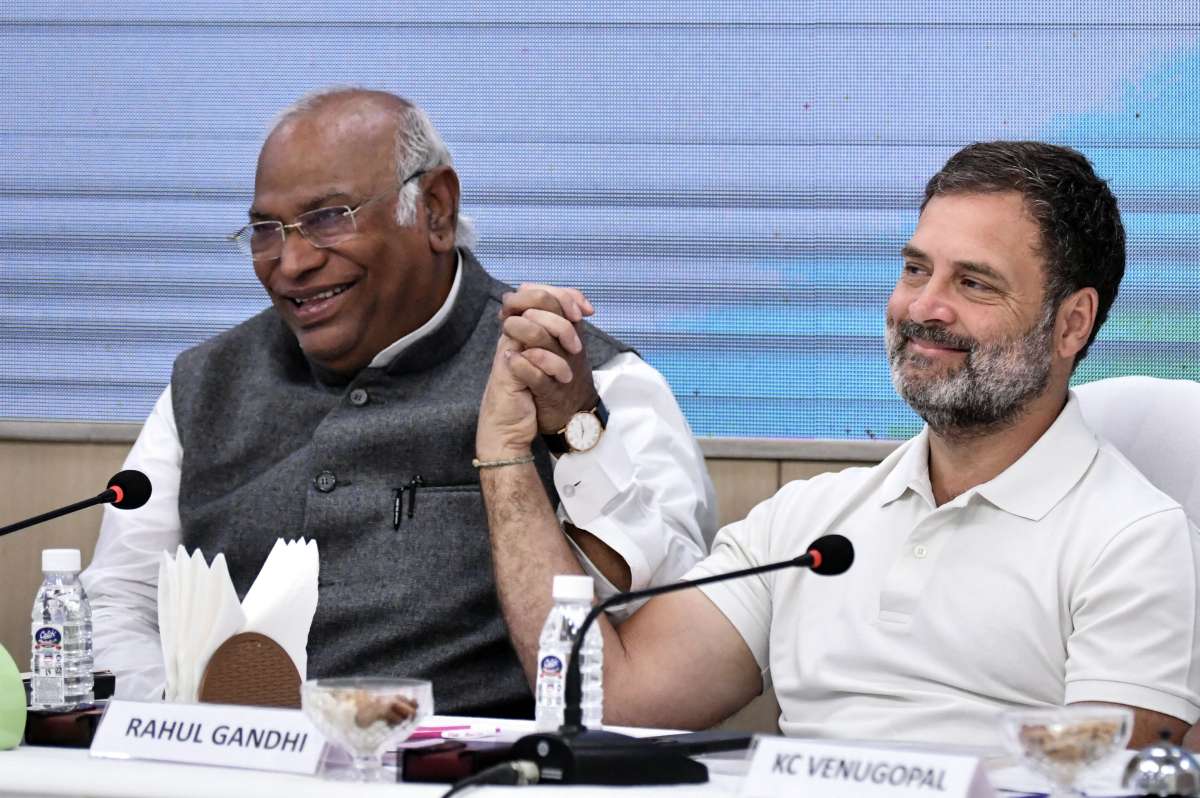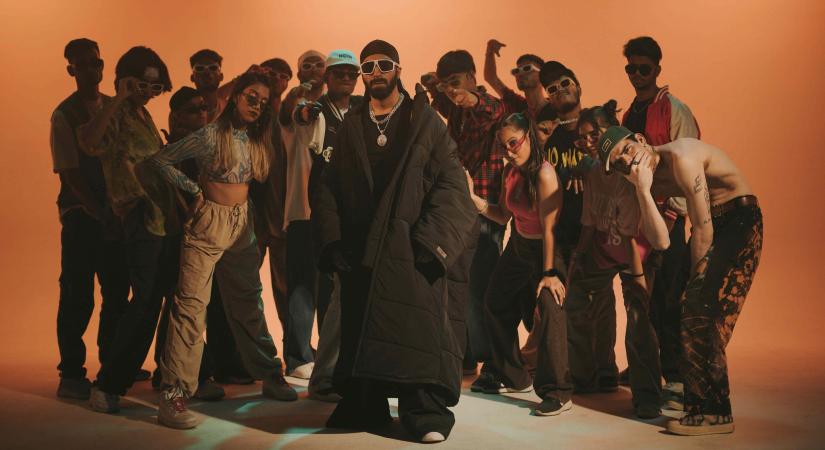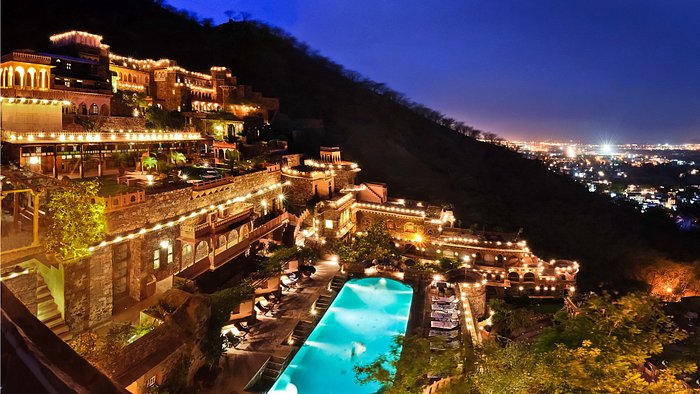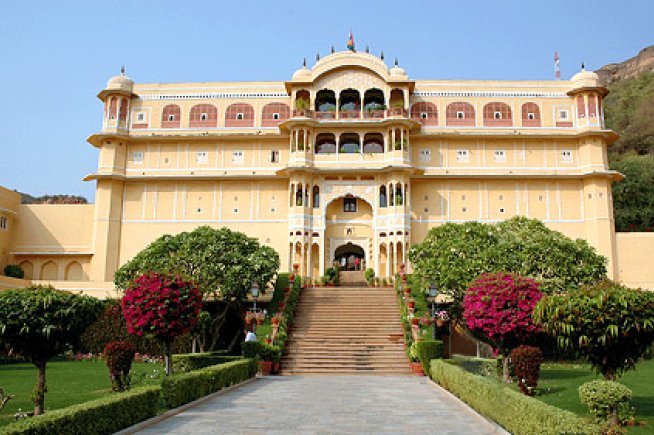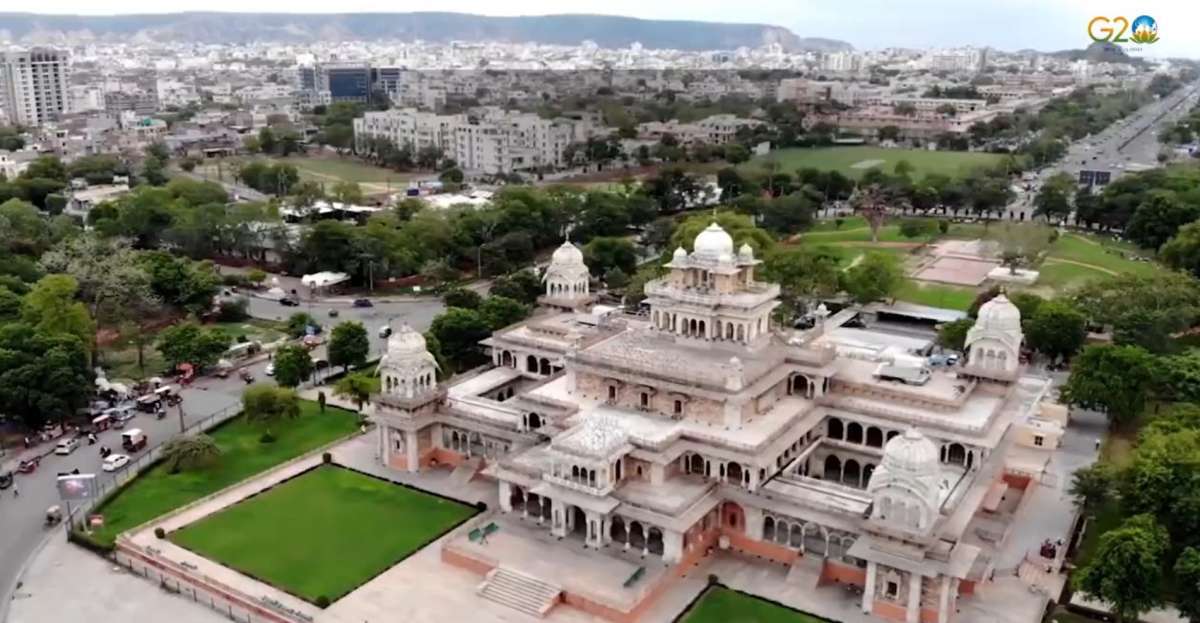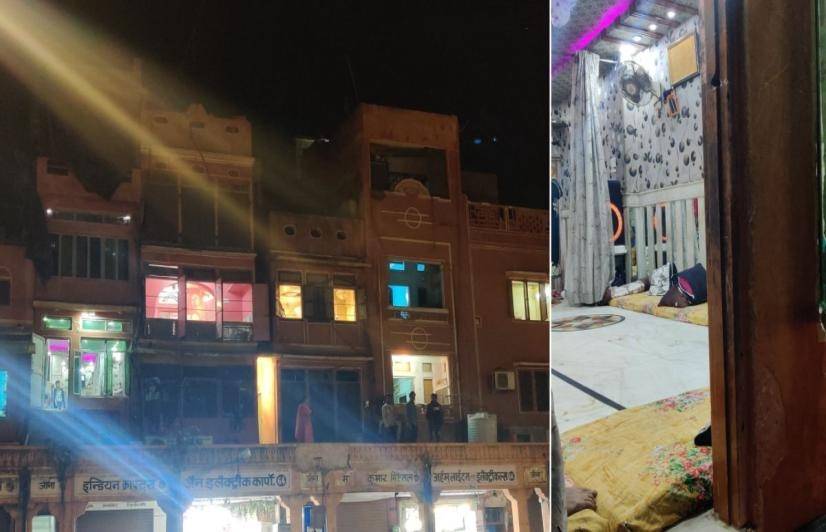The BJP has fielded Manju Sharma for the Jaipur constituency. Sunil Sharma was named in the party’s third list of candidates, including five others from Rajasthan...reports Asian Lite News
The Congress party on Sunday released the fifth list of three candidates for the upcoming Lok Sabha elections, naming Pratap Singh Khachariyawas from Jaipur, replacing Sunil Sharma as announced earlier.
The BJP has fielded Manju Sharma for the Jaipur constituency. Sunil Sharma was named in the party’s third list of candidates, including five others from Rajasthan. The Lok Sabha elections in Rajasthan are scheduled to be held in two phases on April 19 and April 26. Apart from Pratap Singh, the latest list includes Pratibha Suresh Dhanorkar from Maharashtra’s Chandrapur and Murari Lal Meena from Rajasthan’s Dausa. The Congress party released its fourth list of 46 candidates earlier on Saturday. As per the 4th list, Congress leader and former Madhya Pradesh chief minister Digvijay Singh will be contesting from the Rajgarh Lok Sabha constituency against BJP candidate Rodmal Nagar. Ajay Rai, the current president of the Congress party in Uttar Pradesh, is set to compete against Prime Minister Narendra Modi in the upcoming general elections in Varanasi. This marks the third time Rai will be challenging PM Modi.
In the 2019 elections, PM Modi secured the Varanasi seat with a margin of 4.80 lakh votes, defeating Shalini Yadav of the Samajwadi Party. Rai, despite only garnering 1,52,548 votes and finishing in third place, remains undeterred in the upcoming electoral battle. The list included candidates from seats in Assam, Andaman and Nicobar Islands, Chhattisgarh, Madhya Pradesh, Maharashtra, Manipur, Mizoram, Rajasthan, Tamil Nadu, Uttar Pradesh, Uttarakhand, and West Bengal. The election for 543 Lok Sabha seats will be held in seven phases starting April 19. Nearly 97 crore voters are eligible to cast votes in the general election. The counting of votes will take place on June 4. In the 2019 Lok Sabha election, the Bharatiya Janta Party (BJP) won 303 seats, while the Indian National Congress (INC) managed to get only 52 seats. In the 2014 Lok Sabha election, the Bharatiya Janta Party (BJP) won 282 seats, while the Indian National Congress (INC) managed to get only 44 seats. (ANI)
Tharoor hits campaign trail on Palm Sunday
With the Lok Sabha elections barely a few weeks away, Congress MP and the party’s Thiruvananthapuram candidate, Shashi Tharoor, hit the campaign trail by participating in a Palm Sunday event.
On Palm Sunday, Christians commemorate Jesus going to Jerusalem on a donkey for the celebration of Passover.
The Congress MP said, “Palm Sunday marks the beginning of a week in which Jesus rode into Jerusalem on Sunday, had his famous last supper on Wednesday, betrayed and arrested on Thursday, and then crucified on Friday. Then there is Easter Sunday, which commemorates his resurrection. This whole week is extremely important to our Christian constituents.”
The Lok Sabha elections are scheduled to be held on April 26 in the state. Tharoor, the sitting MP from Thiruvananthapuram, is pitted against Union Minister Rajeev Chandrashekhar.
Chandrasekhar, who saw out his term in Rajya Sabha earlier this year, is marking his foray into the Lok Sabha elections.
However, he faces a formidable opponent in the form of the suave Congressman and former top diplomat, who has been representing Thiruvananthapuram in the Lower House of Parliament for the last 15 years.
The ruling Left has also jumped into the fray in Thiruvananthapuram, with the CPI, a partner in the ruling LDF in the state, fielding Pannyan Raveendran.
Despite being a partner in the Opposition bloc–INDIA, the CPI announced nominees for both Wayanad, from where Congress leader Rahul Gandhi is bidding for a second straight term in the Lower House, and Thiruvananthapuram.
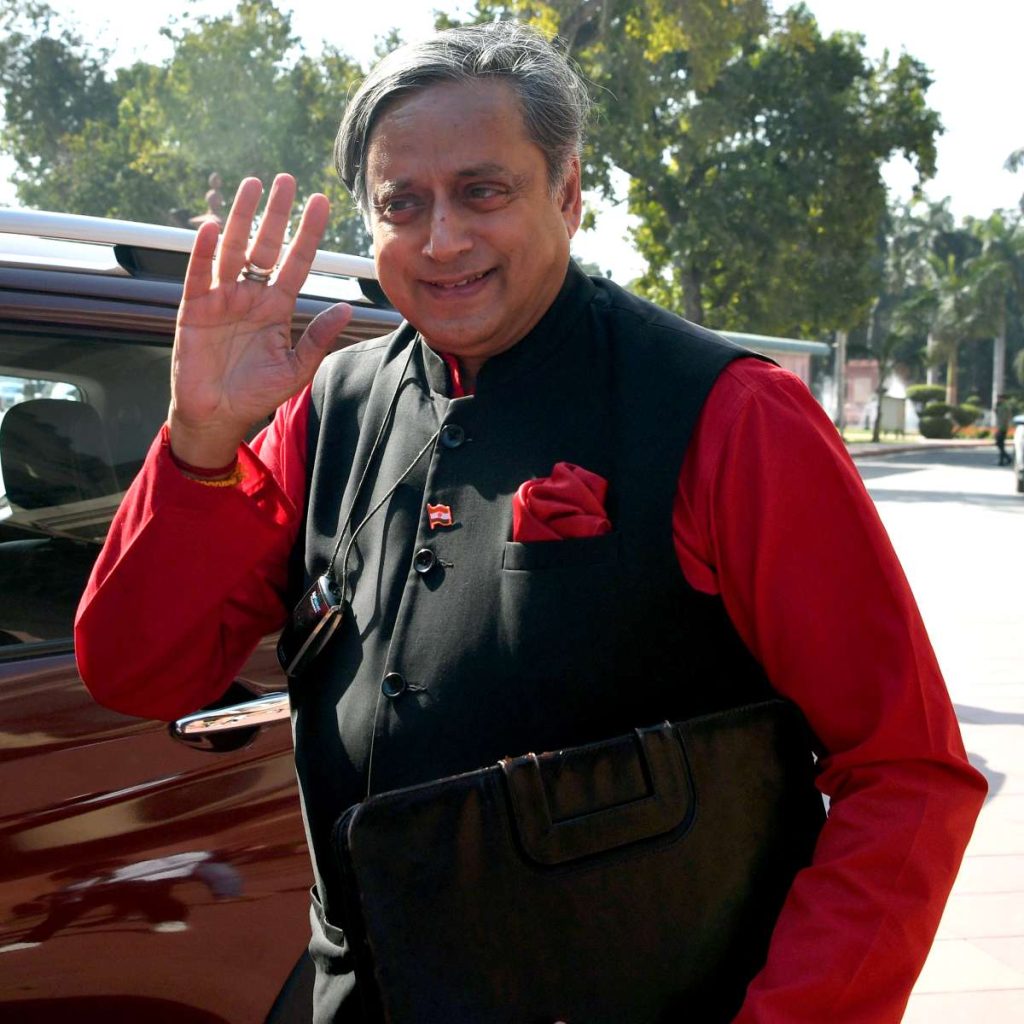
Voicing his misgivings over the CPI entering the fray in Thiruvananthapuram, earlier, Tharoor accused the Left of helping the BJP by way of engineering a split in the Opposition vote share.
To Tharoor’s remark, asking the Left to practise ‘alliance dharma’, the CPI retorted that he should ‘look in the mirror’ while also questioning his grasp of coalition politics.
The CPI, earlier, made it clear that it wasn’t amused over the Congress fielding Rahul from Wayanad again, with senior party leader and former MP D Raja saying that while the grand old party was well within its rights to field whoever it wished to, the sitting MP from Wayanad, being a national leader, should have contested a seat where he was pitted directly against the BJP. (ANI)
ALSO READ-Gunjal Switches to Congress, Eyes Challenge Against Birla

